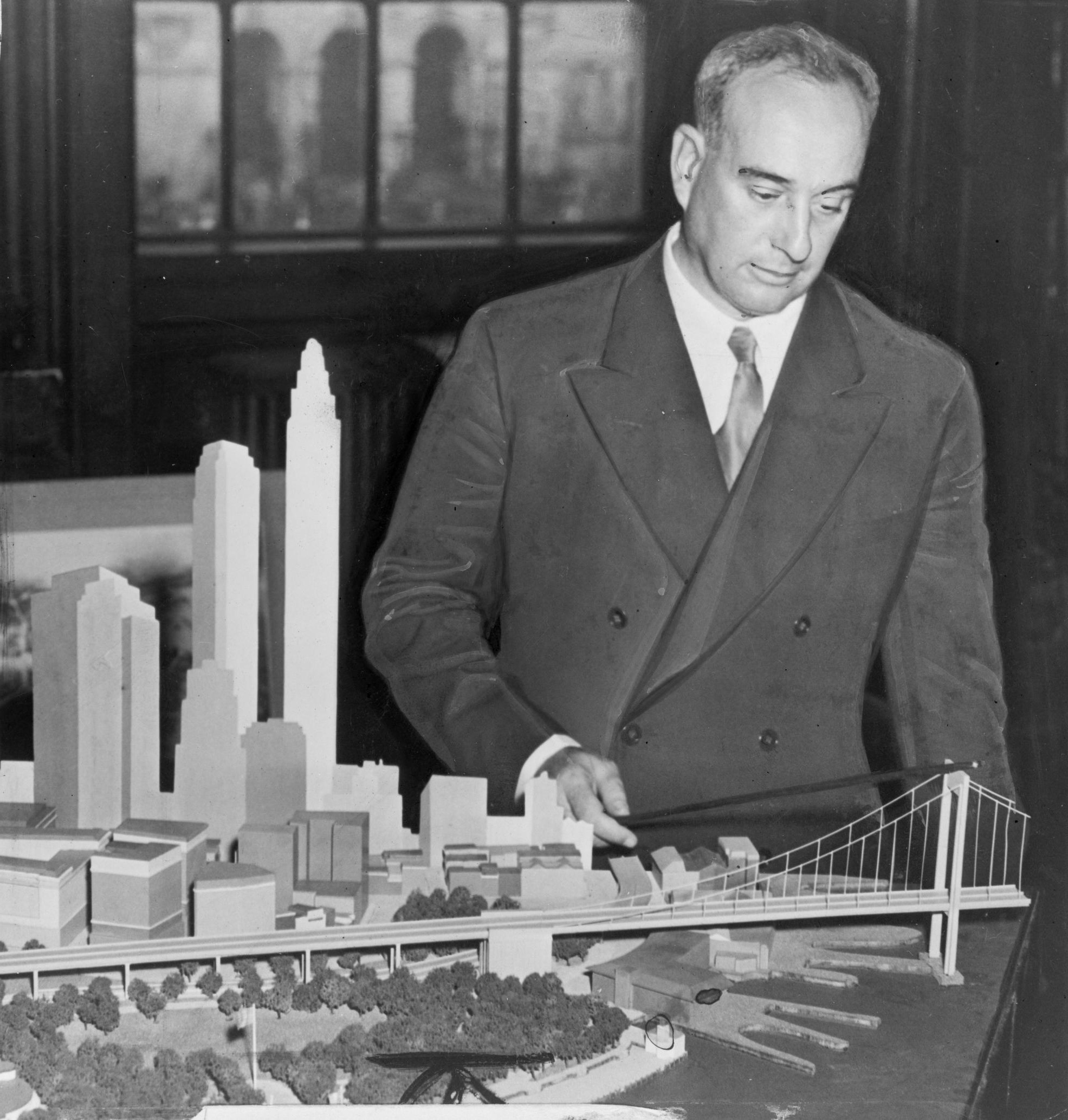The 2016 documentary movie “Citizen Jane – Battle for the City” gives a great overview of the struggles related to modernist planning in the 1960s. It tells the story of Jane Jacobs, the famous journalist and urbanist, who turned into an activist almost unwillingly when New York City’s then-equivalent of Donald Trump, Robert Moses, decided to build an expressway that would cut through Washington Square Park.

This famous, vibrant park embodied (and still embodies) some of the principles that Jane Jacobs famously identified as central elements of the city: A community of people shapes this place with their creativity and resourcefulness. It acts as a campus for the nearby university, as a wedding venue, a musical theatre, a popular tourist destination, a picnic area, a sports ground and many other purposes. Having a highway cut through it would have meant the destruction of this spirit and of this amazing public space.
The documentary first introduces the eternal struggle that takes place in cities: Business and investment interests support the clearance of “unwanted” buildings or areas, whereas others see the opportunities on the ground with potential for renewal and creative solutions coming from the people who ultimately made the city. Planners like Robert Moses act like Gods, according to Jane Jacobs. They want to eradicate slums, the “cancer of cities”, and create practical, stream-lined and efficient solutions like housing blocks and highways. This was the essence of the modernist trend in urban planning, followed by Robert Moses and inspired by Le Corbusier’s work.
The documentary points out that while modernism is out of fashion in the Western World, other countries like China or India still heavily rely on it. Saskia Sassen even says that “China is Robert Moses on steroids” (quote from the movie), referring to the countless uniform building towers that are built on former farm land to house the country’s fast-growing urban population. Similarly to Robert Moses’ ideals, governments in many developing countries call for complete slum clearance, following their capitalist interests instead of listening to the people living there. Even though, according to Jane Jacobs, “people make our cities and it is to them, not buildings, that we must fit our plans”.
In the end, Jane Jacobs and her committee won the legal battle against Robert Moses and his plans. Shortly afterwards, in 1961, Jane published her most famous book called “The Death and Life of Great American Cities”. For the first time, ideas like the walkability of cities, the crucial importance of public space and the assumption that only “eyes on the street” can truly make a city safe, were published in a readable form. This focus on the street at eye-level and the heart of a neighbourhood was the exact opposite to the top-down planning practiced by Robert Moses and many of his colleagues at that time. Until today, there are too many urban planners who follow this approach and plan the eradication of entire neighbourhoods without even having been there.

Therefore, the documentary does much more than trace the story of how Jane Jacobs saved Washington Square Park. It goes right to the essential questions of urban planning:
What is the city?
Who makes the city?
How do we manage change in a city?
Importantly, the movie also asks how to apply the timeless principles and ideas that Jane Jacobs suggested. She compares cities with complex ecosystems that seem complex and chaotic at first sight, but have an internal organising system. They manage to deal with eternal polarities between wealth and poverty, the formal and the informal, culture and business. Urban planners and researchers simply do not understand the full extent of this system, and maybe never will.
“If you can understand a city, it is dead”, says Jane and I believe she is right. Therefore, our aspiration should be to learn from the people on the ground who are experts for their neighbourhood and try to understand at least some of its aspects before making any planning decisions.
Here is another one of Jane Jacobs’ famous and inspiring phrases:

Overall, this documentary is a great and entertaining one. 90 minutes well spent! I didn’t quite get the comparison to Citizen Kane, but maybe it’s better not to overthink it too much and enjoy the story behind this very apt name instead. There could have been even more footage of Jane Jacobs, which I personally found the most interesting part. At times, the movie goes into modernism and neglects Jane and her struggle against Moses for a while. Still, you learn a lot and will surely admire Jane even more after having watched this! See the trailer here:
Header Copyright:
Mrs. Jane Jacobs, chairman of the Committee to save the West Village, holds up documentary evidence at a press conference at Lions Head Restaurant by Phil Stanziola via Wikimedia Commons, Public Domain









